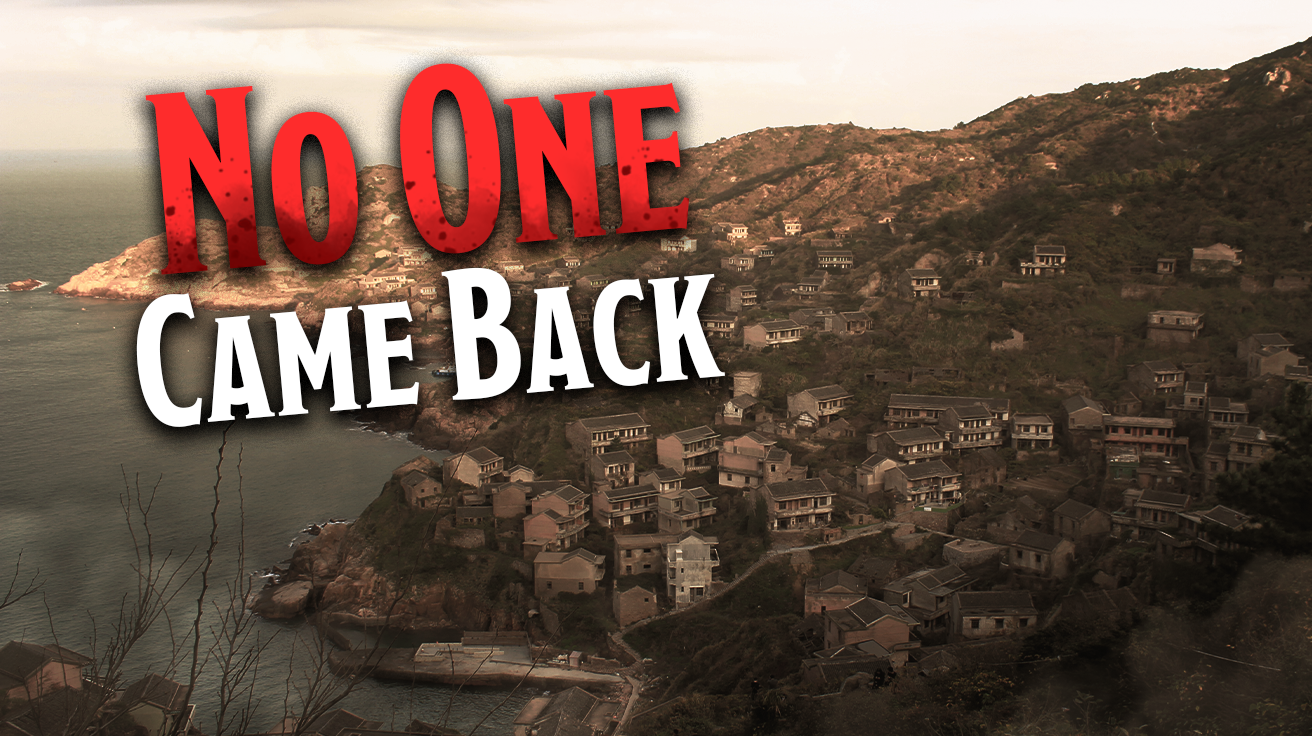Sometimes the most profound stories aren’t told by the living, but by the spaces they’ve left behind. These forgotten sanctuaries hold secrets in their crumbling walls and broken windows. Each location carries the weight of dreams that dissolved like morning mist. You’re about to discover places where time stopped mid-breath, where nature slowly reclaims what was never meant to last forever.
15. Hashima Island (Battleship Island), Japan

Picture a concrete fortress rising from the sea like something from a dystopian dream. Over 5,000 souls once called this 16-acre speck of land home. Mitsubishi transformed it into a bustling coal mining hub in the late 1800s.
By the 1950s, Hashima reached its peak—one of Earth’s most densely populated places. The island buzzed with life, schools, and even a rooftop shrine. Yet beneath the industrial triumph lay a darker truth: Korean and Chinese laborers endured forced labor here during wartime. Today, tour boats circle this UNESCO World Heritage site like pilgrims visiting a concrete cathedral.
14. Centralia, Pennsylvania
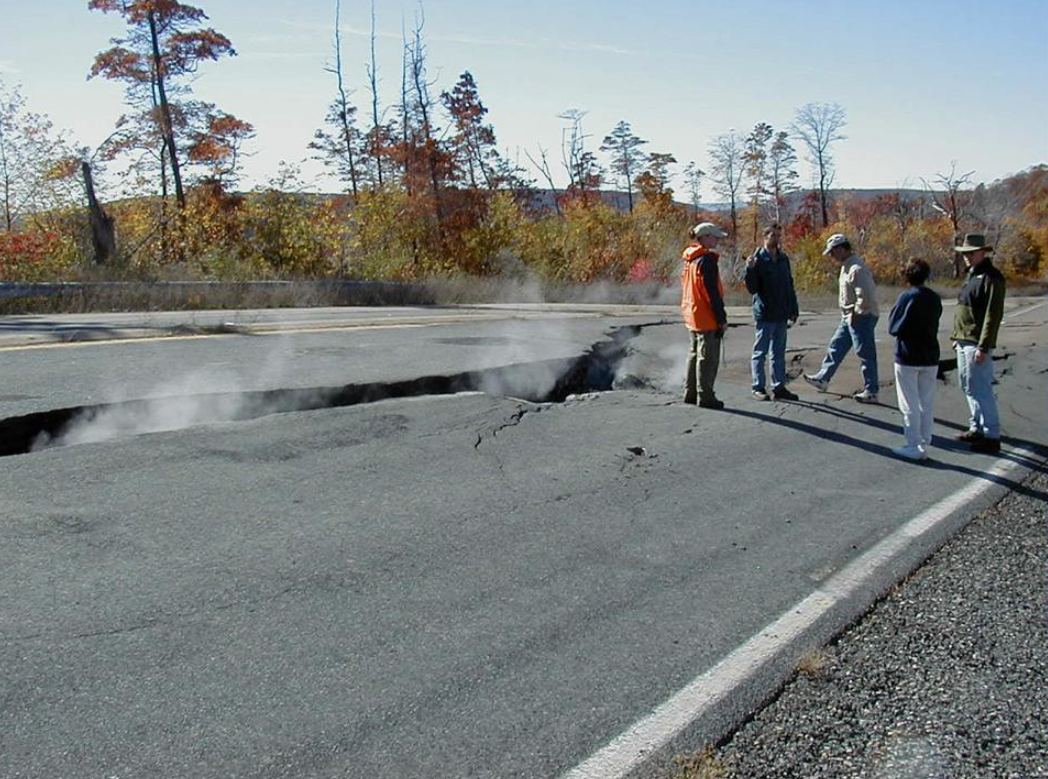
Imagine a town consumed by its own underground fire—a slow-motion apocalypse that began in 1962. The coal seam beneath Centralia ignited, marking the beginning of an agonizing decline that continues today.
Toxic gases seeped through soil. Sinkholes swallowed homes without warning. Government buyouts attempted to relocate families in the 1980s, but some refused to abandon their ancestral homes. The fire could burn for another 250 years. Centralia has become Pennsylvania’s most famous ghost story, told in smoke rising from cracked asphalt.
13. Kolmanskop, Namibia
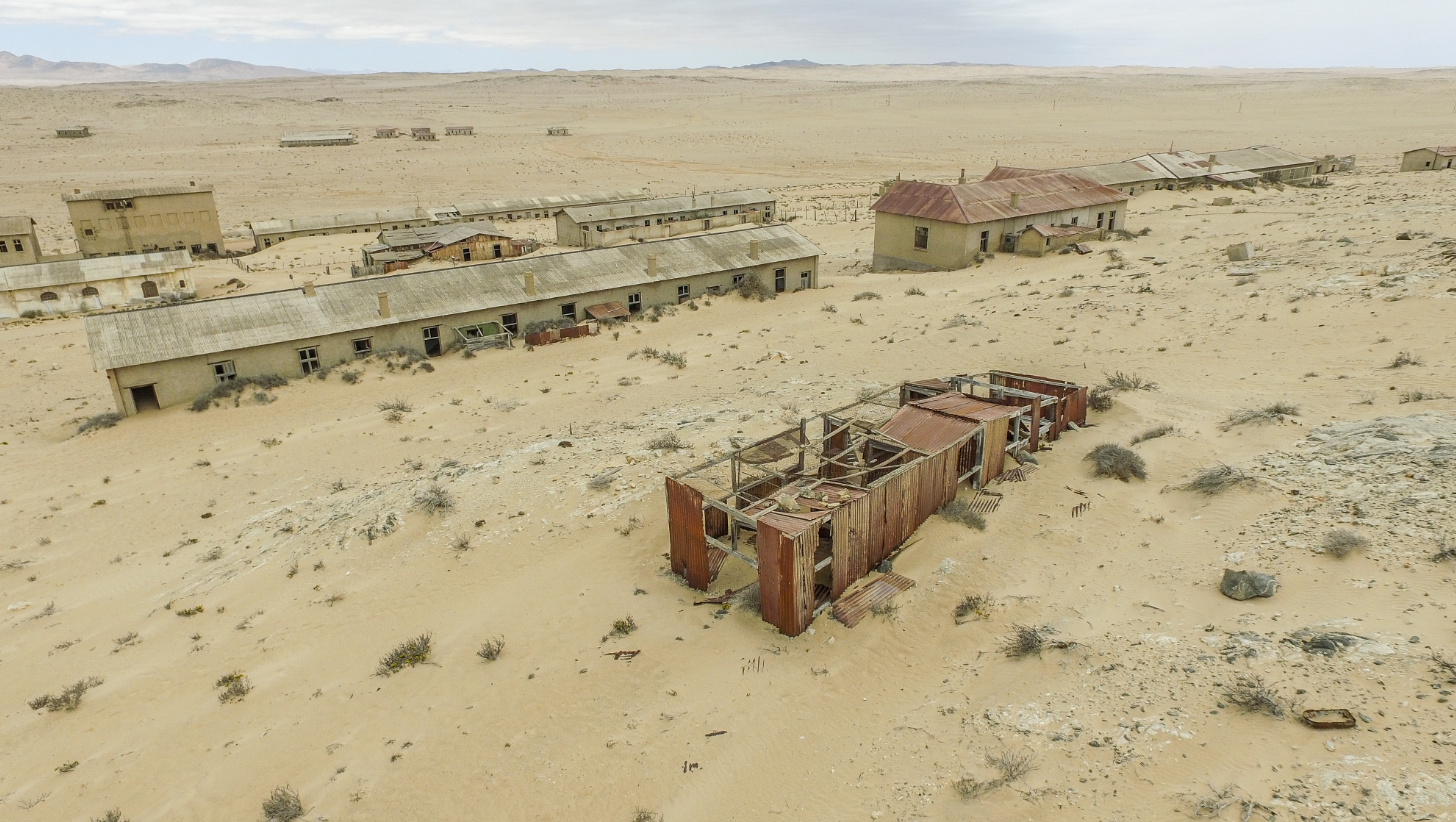
Desert winds whistle through empty window frames where German colonial mansions once stood proud. In the early 1900s, diamonds sparked a frenzy that birthed this oasis of opulence in the Namib Desert.
The town boasted Africa’s first X-ray machine and grand architecture. But diamonds are fickle lovers—by the 1950s, yields dwindled and residents chased prospects elsewhere. Sand dunes invaded like patient ghosts, burying streets and swallowing ambition whole. Kolmanskop now serves as nature’s masterclass in reclamation, where photography tours capture beauty in decay.
12. San Zhi Pod City, Taiwan

Urban legends cling to mysteries like morning fog. San Zhi Pod City embodied futuristic living with its UFO-shaped buildings, intended as a luxury resort in the late 1970s.
Rumors of fatal accidents plagued construction—some blamed supernatural forces. Reality proved more mundane: poor investment decisions and construction flaws doomed the project. Demolished in 2010, San Zhi exists only in memory as a reminder of unrealized dreams. The UFO houses live on in viral photographs, more famous in death than they ever were in life.
11. Beichuan, China
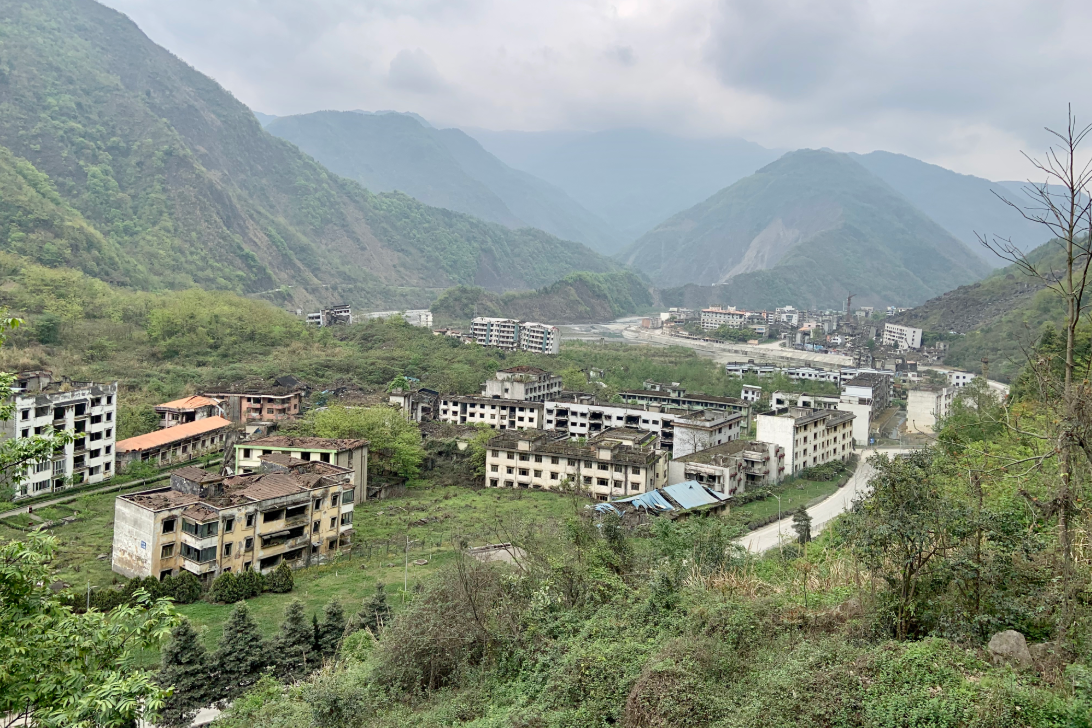
Over 80,000 lives vanished in an instant when a magnitude 7.9 earthquake devastated Beichuan on May 12, 2008. The catastrophic event transformed a thriving city into a graveyard of collapsed homes and schools.
The government deemed the ruins uninhabitable. A new Beichuan rose nearby while the old city remains frozen as a memorial. Cracked buildings stand as silent witnesses to the fragility of human existence. School backpacks still hang from broken desks, creating scenes too powerful for words—only tears.
10. Varosha, Cyprus

This vibrant resort destination became a desolate ghost town overnight. In the early 1970s, Varosha thrived as a luxurious playground where celebrities and wealthy tourists flocked to sandy shores.
The 1974 Turkish invasion changed everything. Varosha fell under military control, sealed off as a high-security exclusion zone. For decades, time stood still inside the perimeter while buildings decayed and nature began reclaiming urban space. Recent limited reopening offers glimpses into this time capsule where 1970s luxury meets decades of decay.
9. Houtouwan, China

Nature’s ambition sometimes exceeds human designs. Houtouwan, located on Shangan Island, illustrates this beautifully—a thriving fishing community that residents began abandoning in the 1990s seeking better opportunities.
Vines crept up walls. Moss covered roofs. The village transformed into a surreal green landscape where buildings resemble ancient ruins. Today, Houtouwan attracts photographers drawn to its ethereal beauty. Instagram has turned this forgotten fishing village into China’s most photogenic ghost town.
8. Oradour-sur-Glane, France
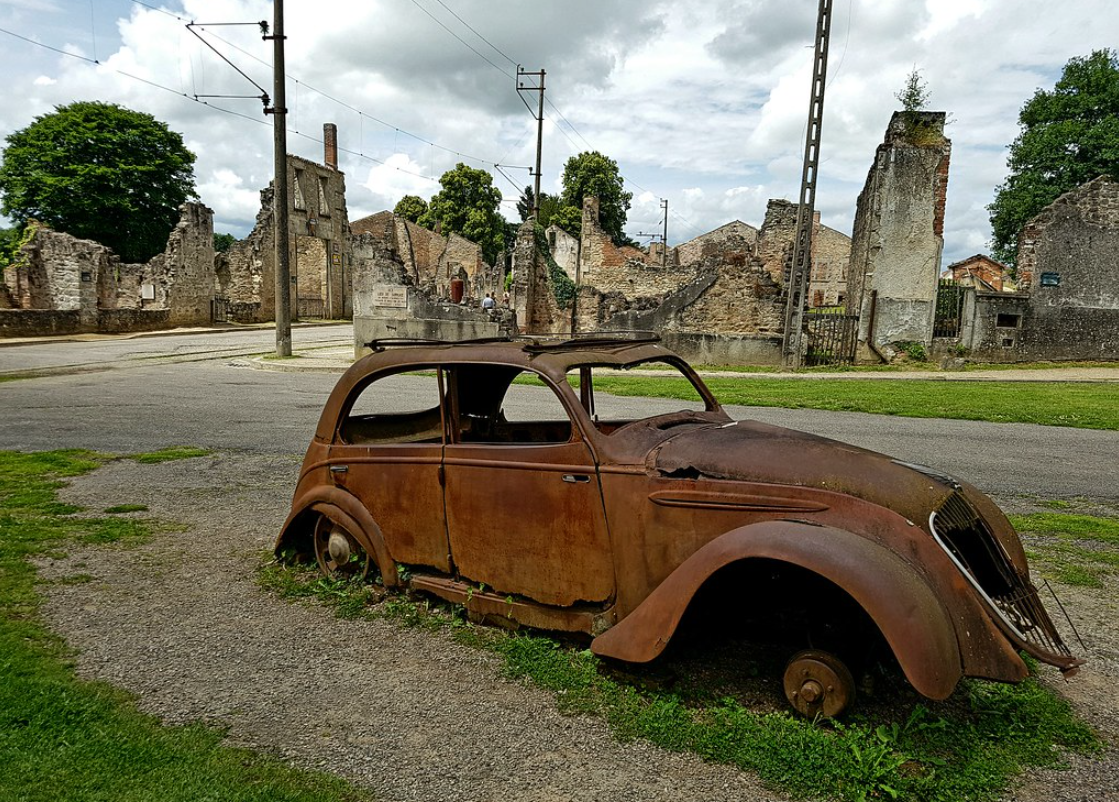
World War II left indelible scars across Europe. None more poignant than Oradour-sur-Glane, where Nazi Waffen SS committed a horrific massacre on June 10, 1944, killing 642 villagers.
The entire village was destroyed yet preserved as a sacred ruin. Visitors walk through skeletal remains of homes and the church where women and children perished. Time stands still amidst rubble. The preserved village serves as France’s most powerful reminder that forgetting history dooms us to repeat it.eat.
7. Kadykchan, Russia
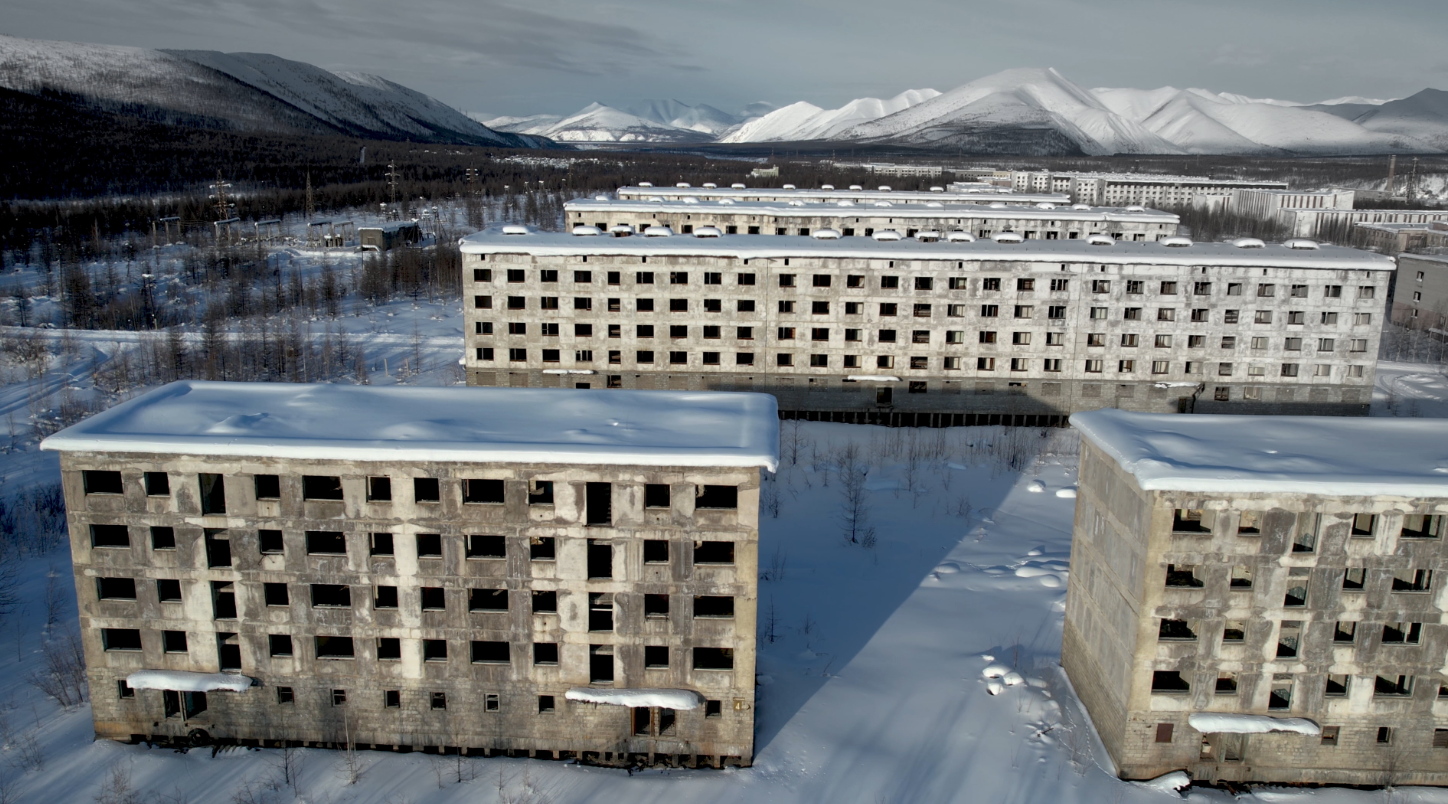
Kadykchan stood as testament to Soviet engineering until a 1996 mine explosion sealed its fate. Founded during World War II, this coal mining town reached nearly 12,000 residents at its peak.
The accident exposed critical infrastructure weaknesses. When heating systems failed and temperatures plummeted below -40°C, survival became impossible. The government ordered evacuation, leaving behind a frozen monument to infrastructure failure. Now, only polar bears and urban explorers brave enough to face Siberian winters visit this Arctic graveyard.
6. Agdam, Azerbaijan
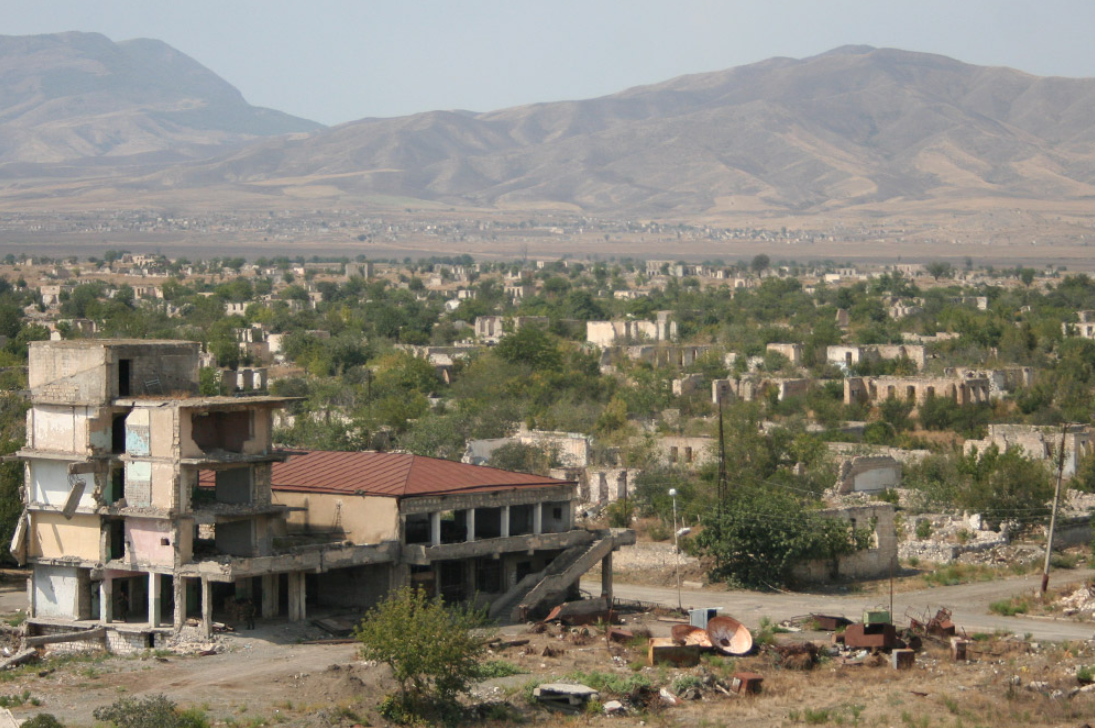
Imagine witnessing the destruction of an entire city. Agdam, once home to nearly 150,000 people, earned the grim title “Hiroshima of the Caucasus” after Armenian forces captured it in 1993.
Systematic destruction followed—looting, burning, demolition erased most buildings. Today, Agdam sprawls as a wasteland scarred by war. What was once vibrant now serves as a heartbreaking symbol of displacement. Recent ceasefire agreements offer hope for reconstruction, but the scars of conflict run deeper than concrete.
5. Fordlandia, Brazil
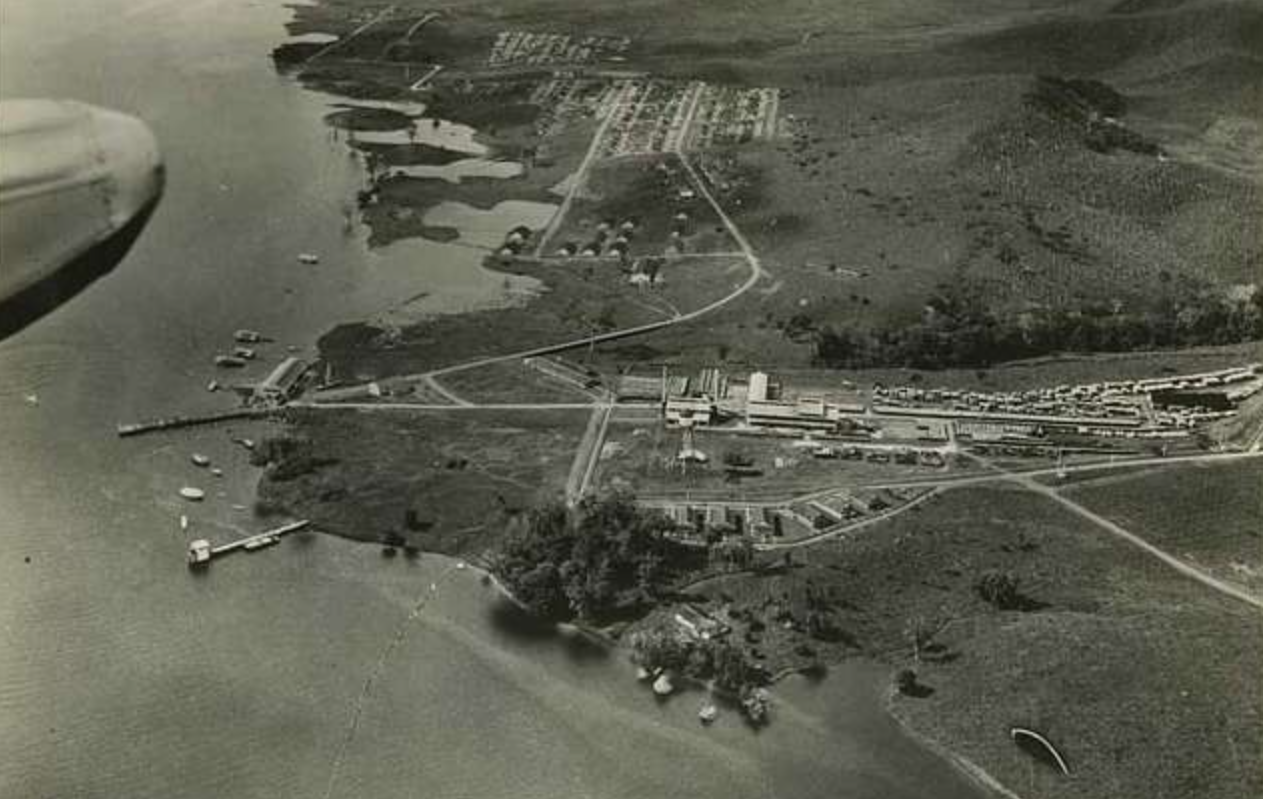
Ambition sometimes breeds spectacular failures. Henry Ford’s Fordlandia exemplifies this perfectly—a 1920s attempt to establish a rubber plantation and model industrial city in the Amazon rainforest.
Ford imposed strict American customs while ignoring local conditions. Worker riots erupted in 1930. The project collapsed by 1945, leaving behind a haunting testament to the futility of imposing foreign ideals on unwilling landscapes. The jungle has since devoured Ford’s American dream, proving that nature always gets the last word.
4. Villa Epecuen, Argentina
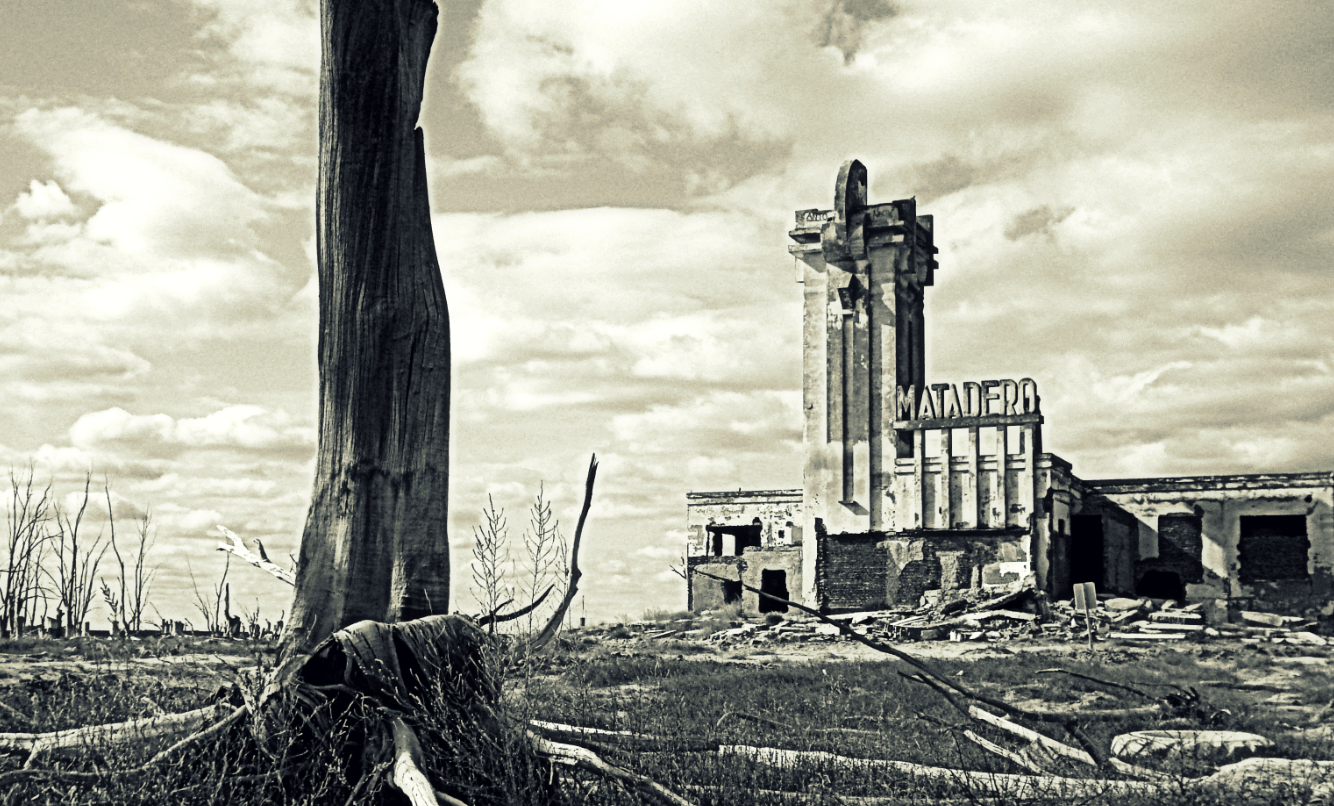
Resilience emerges in unexpected places. Villa Epecuén thrived as a tourist resort in the 1920s, known for its therapeutic saltwater lake that attracted visitors seeking healing.
A dam failure in 1985 submerged the town for 25 years. When waters receded in the early 2000s, salt-coated ruins emerged like ghostly artifacts. Most residents never returned to this surreal, crystalline landscape. One stubborn man remains among the salt-crusted ruins, the town’s sole guardian of waterlogged memories.
3. Kayakoy, Turkey
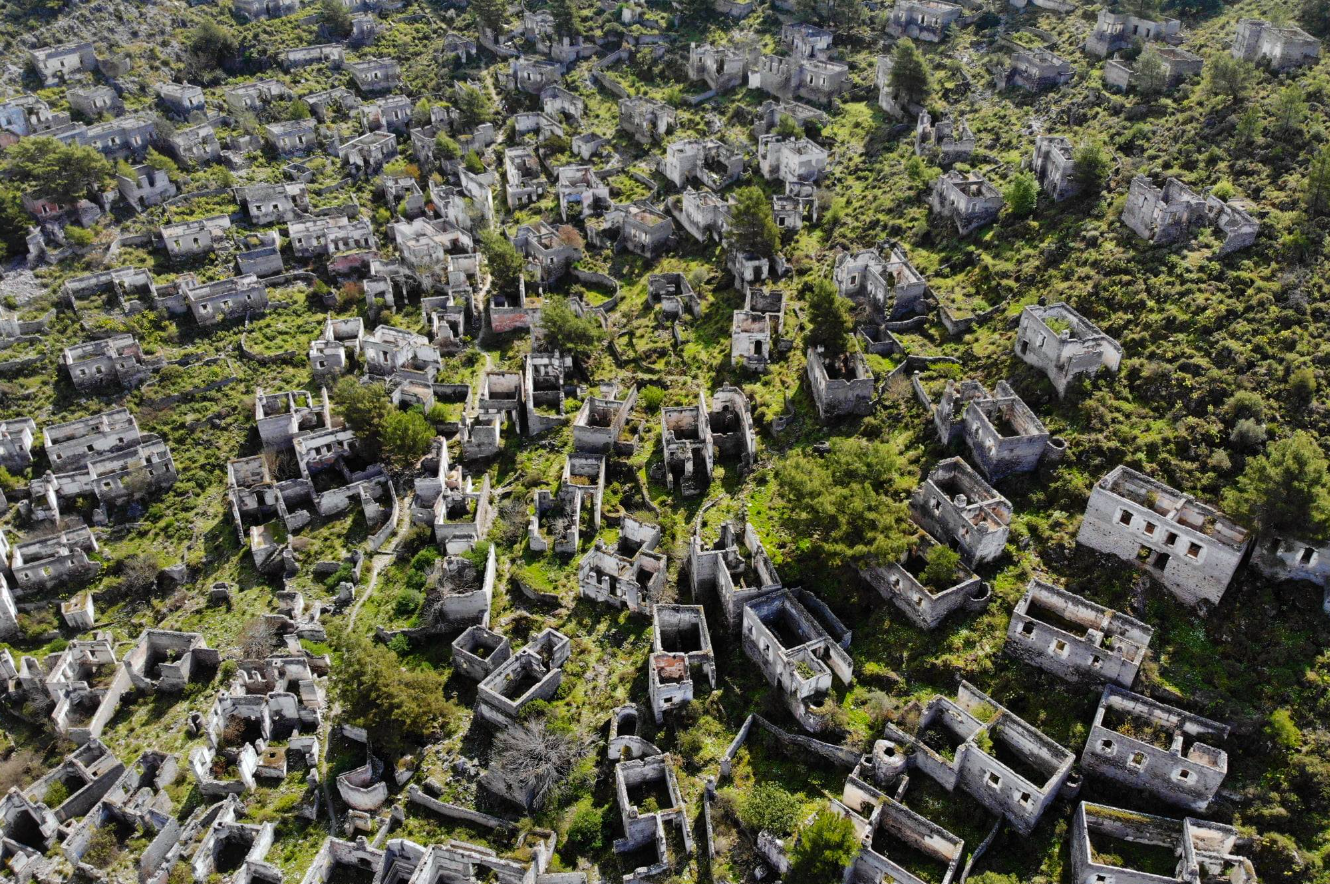
Stone houses sit beneath clear blue skies like scattered memories. Kayaköy, once the Greek village of Levisi, housed 10,000 Greek Orthodox residents until the 1923 population exchange forced them to leave.
Winding paths lead through crumbling walls to upper churches where faded frescoes hint at past grandeur. Nature slowly reclaims this poignant reminder of cultural losses resulting from forced displacement. Today, hikers pause among the ruins to imagine Sunday morning church bells that will never ring again.
2. Craco, Italy

This picturesque village perches atop a dramatic hill like something from a Renaissance painting. Dating back to the 8th century, Craco seems almost too beautiful to be abandoned.
Landslides in 1963 began the decline. Earthquakes in the 1980s and floods in the 1990s sealed its fate. Despite abandonment, Craco remains visually stunning—a sought-after film location illustrating humanity’s eternal struggle against natural forces. Hollywood discovered what medieval builders learned too late: even the most beautiful places can’t escape geology’s judgment.
1. La Zona del Silencio, Mexico

Where science meets folklore, questions multiply. La Zona del Silencio in Mexico’s Chihuahuan desert reports strange phenomena—radio signals vanishing, compasses spinning erratically, temperatures soaring above 45°C.
A test missile crashed here in 1970. The area contains unusual concentrations of magnetite and uranium. Whether these geological factors create electromagnetic disruptions or something more mysterious remains deliciously unclear in this desert of endless questions. Truth seekers and skeptics alike leave with more questions than answers—exactly as it should be.


